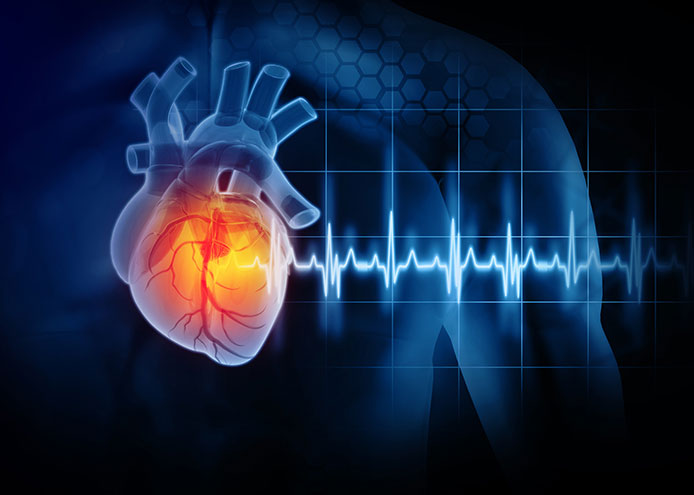Ever wonder which heart check is best for you? Let us delve into CT angiography versus the classic angiogram. This guide will explain how these two stack up, helping you pick the right test with your doc. Tech moves fast, and so does heart care. Ready to get smart on this? Let us go.
Understanding Angiogram And CT Angiography (Cardiac CT Scan)
Let's talk about the two procedures that help diagnose heart issues:
If you are scheduled for a coronary angiogram in Chennai, you can expect the following:
- A catheter is inserted into the artery, and an X-ray is taken to identify blockages in the arteries. A dye is then injected to highlight your blood vessels on a screen. This procedure is highly effective in detecting blockages and other heart-related issues.
- On the other hand, CT Angiography is a non-invasive procedure that uses a large machine to take pictures of the heart. Both procedures help doctors diagnose and treat heart problems, but they differ in their approach. Let's discuss their differences.
Angiogram- Procedure and Purpose Explained
An angiogram is an old-fashioned yet effective method of capturing heart images. The procedure involves administering local anesthesia, creating a small incision, and carefully inserting a catheter into the patient's arterial system. Following that, a contrasting agent is introduced, and images of the blood vessels are captured on film. This test is of great importance in identifying areas of restricted blood flow and determining the optimal path forward for treatment.
CT Angiography (Cardiac CT Scan)- Procedure and Purpose
CT angiography is a test that helps identify any blockages or narrowings in your blood vessels that could cause problems. During the test, you'll lie down and be moved through a machine that takes pictures of your heart's blood vessels using a special dye. A computer then combines the images to create a complete view of your heart's highways. This test effectively detects any trouble spots in your blood vessels.
Comparing CT Angiography (Cardiac CT Scan) with Angiogram
If you are unsure whether to opt for CT angiography or traditional angiogram, here is some information that might help you decide.
- CT angiography is a non-invasive option that might be suitable for you if your heart is in good shape and you prefer to avoid invasive procedures.
- On the other hand, if your doctor needs a more detailed look or if you require a quick fix, a traditional angiogram might be the way to go.
Ultimately, the choice depends on your individual needs and preferences. With technological advancements, CT angiography might become a more popular choice in the future.
Invasiveness and Procedure Differences
Have you been advised to get a CT angiography or angiogram? If you want to avoid painful procedures, go for CT angiography. It's a painless procedure requiring no cuts or tubes and has a quick recovery time. Also, keep up-to-date with the latest technology advancements as they make heart images clearer each day.
Diagnostic Accuracy- CT Angiography vs Angiogram
Let's talk about the accuracy of CT angiography in detecting heart disease. This test correctly identifies blockages 80% of the time and is particularly effective at ruling out serious heart disease in individuals who are unlikely to have it.
While old-school angiograms are slightly less accurate, they are still quite specific. In one study, CT angiography was able to identify 85% of people with narrow arteries and 90% of those with heart disease. This is a reliable result, especially for individuals with a moderate risk of heart disease.
Technological Advancements in Cardiac CT Imaging
Heart imaging is getting a major technology boost. They are ultrafine CT scanners. They see things clearer than ever, especially for tough cases with lots of heart stones or metal mesh tubes keeping arteries open.
These super scanners have tiny sensors that double the detail. That means doctors can see your heart’s blueprint, even with lots of fat buildup in the way. It is a big leap for catching heart trouble early and maybe skipping the invasives.
Impact of Ultrahigh Resolution CT Scanners on Cardiac Imaging
Ultrafine CT scanners are revolutionising medical imaging by providing a crystal-clear view inside the heart, especially for those with heart blockage or stents. However, it is important to note that these machines have risks such as radiation exposure and dye. If you are considering a CT scan, it is advisable to consult your doctor to determine if it is the right option for you.
Risks of Angiogram vs CT Angiography (Cardiac CT Scan)
Every test has its downsides. Angiograms can cut arteries, cause bleeding, or, in rare cases, trigger a stroke or a heart scare. The dye may not agree with some individuals. CT angiographs are mainly about the dye, too, which can hurt your kidneys if they are already not fit enough for it.
Making an Informed Choice Between CT Angiography and Angiogram
When deciding between CT angiography or angiogram, it's important to consider what your heart is up against, how you handle risks, and whether you might need a quick fix. If speedy treatments are on the table, an angiogram is your best option.
However, if your heart looks okay and you want to avoid stress, CT angiography could be a better choice. Dealing with heart issues can be complicated, so consult your electrophysiologist in Chennai and give your heart the best possible health.

